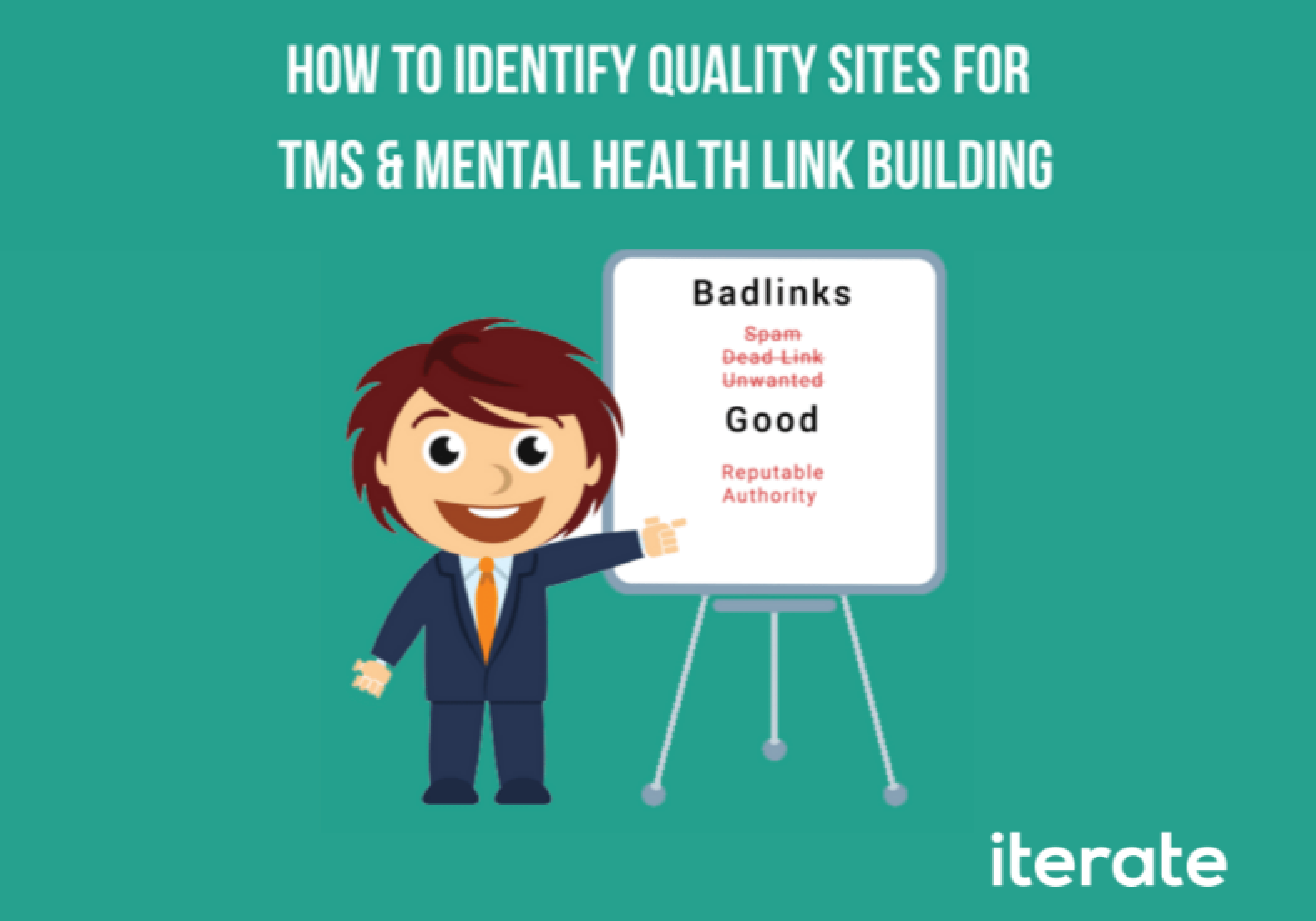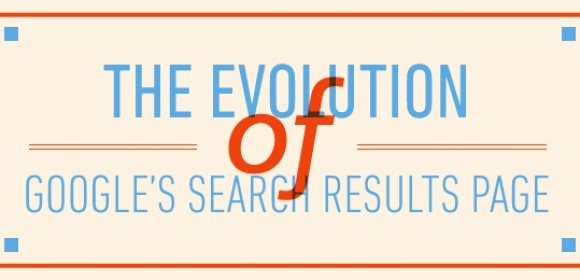What happened?
Last week, Google cut all Pay-Per-Click ads from the right side of its search results pages (SERPs).
Since 2000, the common SERP setup has been a few ads on top of the searches – sometimes including Product Listing Ads (PLAs) – as well as several ads on the right side of the screen.
Now, all ads are are chopped from the right side, leaving a disconcerting white space. This change is rolling out globally, and (as far as we know) Google intends for this change to affect 100% of searches. This has been hinted at before, as Google has done limited tests with top-only ads since 2010, but this time, it’s for realsies. Product Listing Ads will show at the top and on the right (as before) but text ads have been removed.
As you can see, a fourth ad has been placed on the top. Google says the fourth ad will only appear on ‘highly commercial’ searches. It’s up to Google to decide what “highly commercial” means, but we can rest assured it will likely mean “has the potential to make a boot-load of money for Google.”
What does this mean?
For starters, this means that there are less options for advertisers. In the past, advertisers could ‘bid low’ and still get onto the first page, even if that meant taking the bottom-side slot. The click-through rates for all ads on the first page were fairly similar, so we would often advise clients not to bid for that first placement when they could get a similar click volume for a fraction of the price by taking one of the side ads instead.
With just 3 (or 4) page one ad options, we can be sure that bidding for that top position is going to increase. More bidding means higher bids to get to the top, and (of course) more money for Google!
Finally, the extra top ad means that organic results are pushed “below-the-fold” on many screen sizes. This is a further hit to companies that rank well organically for high-value terms. First the Answer Boxes pulled content from top organic pages and displayed it directly on the SERP, and now organic results are being replaced with ads!
This will affect users too. Organic results are usually reliable for someone simply looking for information, ads are much more likely to lead to a sales pitch. Non-technical users are less likely to understand the difference, especially with the sidebar advertising removed, and even seasoned surfers may find themselves less willing to scroll down past ads with every search. Again, this looks like Google putting ad revenue ahead of user experience.. but with such tight control over the search market, that’s a risk they are apparently willing to take.
What are we doing?
Whenever there’s a big shake-up in the SEM world, it’s tempting to make big changes to try to fend off the impending disaster. After all, our agency and most of our clients live or die by the health of these accounts.
We’ve found, however, that this approach usually does more harm than good. More often it’s worthwhile to sit tight for a few days, take a temporary loss in return, and see what the data says. The smart marketer weathers the storm and makes small, targeted fixes once the skies clear, rather than running out into the rain and wind to make random repairs wherever the roof seems to be leaking.
For the time being, we don’t see any point in increasing bids across the board. That would simply trade lost impression share due to rank for lost impression share due to budget. We will instead keep a close eye on impression share across a broad spectrum of keywords for each account, and test careful bid increases for specific targets.
The biggest losers will be advertisers in highly competitive industries who are putting the majority of budget towards a small handful of very expensive phrases – which is an unhealthy strategy at the best of times. All of the accounts we build and manage are geared towards a much wider range of long tail keywords and phrases, which are less competitive and generate higher conversion rates at a lower cost-per-acquisition. While we will likely still feel some fallout from this big shake-up, we’ve found that they key to long term survival, in Search Engine Marketing as in nature, is to diversify and focus on intelligence over volume.
IMAGES via Search Engine Watch






